I've tried to build the simple AM radio that is proposed at page 56-The Art of Electronics (3rd).

The idea is to tune my radio on a frequency of 657 kHz (I'm sure there's a station at that frequency).
C1 is a variable capacitor between 20 to 55 pf.
The constant R1*C2 = 10^(-4) is chosen to be in between the fast carrier wave (~1 us) and the audibile frequency (~ 200 us).
As an amplifier (in the original circuit it's not shown) I use an op amp with a G=100 and a high pass in input (to prune the DC offset).
As antenna I use a straight long wire (20 meters).
The problem when I build the circuit is that, in the speaker, I hear only a very low static and a periodic tick (I think it's the discharge of the capacitor that gives the tick). I'm unable to make it work. I think that one of the possible problem is the use of a silicon diode that has too much voltage drop, but before buying a batch of germanium diode to try to fix the problem I wish to hear from expert if that's the actual problem of the radio.
P.S: I'm a beginner.

